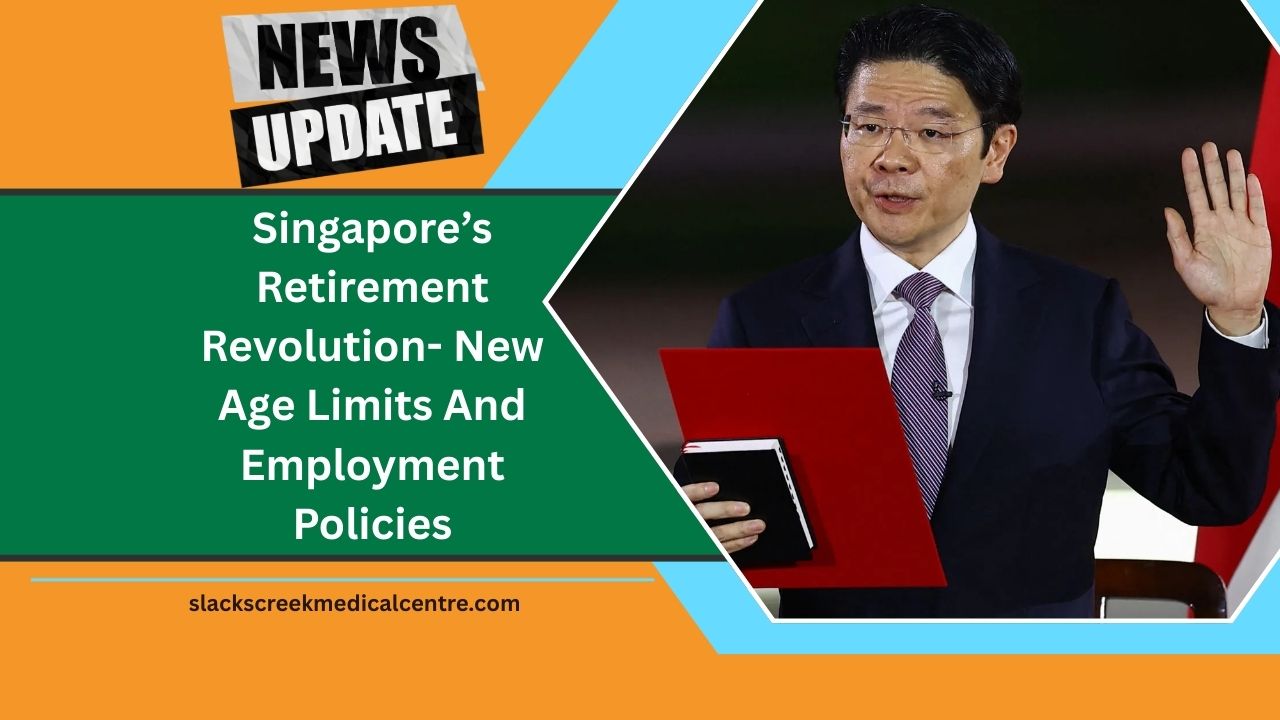In a strategic move to boost financial independence and tap into the potential of its aging population, Singapore is raising its retirement and re-employment age.
This change reflects the government’s commitment to extended employment and adapting to the nation’s evolving demographic profile.
New Retirement and Re-employment Age Policy: What’s Changing
The changes, announced in 2024, are set to take effect in 2026 with a further rollout by 2030. Here’s what you need to know:
| Year | Retirement Age | Re-employment Age |
|---|---|---|
| Current (2024) | 63 | 68 |
| From 2026 | 64 | 69 |
| By 2030 | 65 | 70 |
These gradual increments give employers and employees time to adjust to a longer working lifespan, aligning national policy with global trends of increased life expectancy.
Why Singapore Is Restructuring Retirement
- 1 in 4 Singaporeans will be 65 or older by 2030
- Average life expectancy is now around 85 years
- Rising healthcare and living costs demand stronger retirement planning
- A large portion of seniors want to continue working for financial and social fulfillment
This demographic shift is not just a social challenge but a strategic workforce opportunity.
Who Is Eligible for Re-employment?
To qualify for re-employment under the updated regulations, individuals must:
- Be a Singapore Citizen or Permanent Resident
- Be employed at retirement age
- Be medically fit to perform job functions
- Have a satisfactory job performance record
Employers are required to offer re-employment unless valid reasons are documented, promoting fairness in the workforce.
Impact on Society and the Economy
These policy updates will benefit both workers and businesses:
- Older employees can extend income-earning years
- CPF contributions continue, enhancing retirement savings
- Businesses retain valuable experience and knowledge
- The national workforce becomes more inclusive and diversified
Enhanced CPF Savings and Retirement Security
With longer employment periods, Singaporeans can:
- Grow CPF balances significantly
- Delay withdrawals for higher CPF Life payouts
- Enjoy more stability during retirement years
This supports the government’s goal of empowering self-sufficiency in old age.
What Businesses Must Do to Prepare
Employers need to act now to support an aging workforce:
- Redesign jobs with ergonomic adjustments
- Introduce flexible hours or part-time re-employment
- Launch upskilling programs for tech adaptation
- Draft clear re-employment contracts ensuring clarity and respect
Forward-looking businesses will see this as an opportunity, not a burden.
Singapore’s shift toward extended employment is a forward-thinking approach to societal aging.
With higher retirement and re-employment ages, enhanced CPF savings, and inclusive policies, the country is preparing its citizens and economy for a longer, more productive life.
As 2026 approaches, both individuals and businesses must gear up to embrace change, build resilience, and future-proof careers and finances in the decades ahead.
FAQs
When do the new retirement and re-employment ages come into effect in Singapore?
The changes will take effect in 2026, raising the retirement age to 64 and the re-employment age to 69, with further increases planned by 2030.
What are the benefits of working beyond the retirement age?
Employees benefit from continued CPF contributions, larger retirement savings, and greater financial stability, especially with increasing life expectancy.
Can employers refuse re-employment under the new rules?
Yes, but only under valid grounds such as poor performance or medical unfitness. Otherwise, re-employment must be offered to eligible employees.

